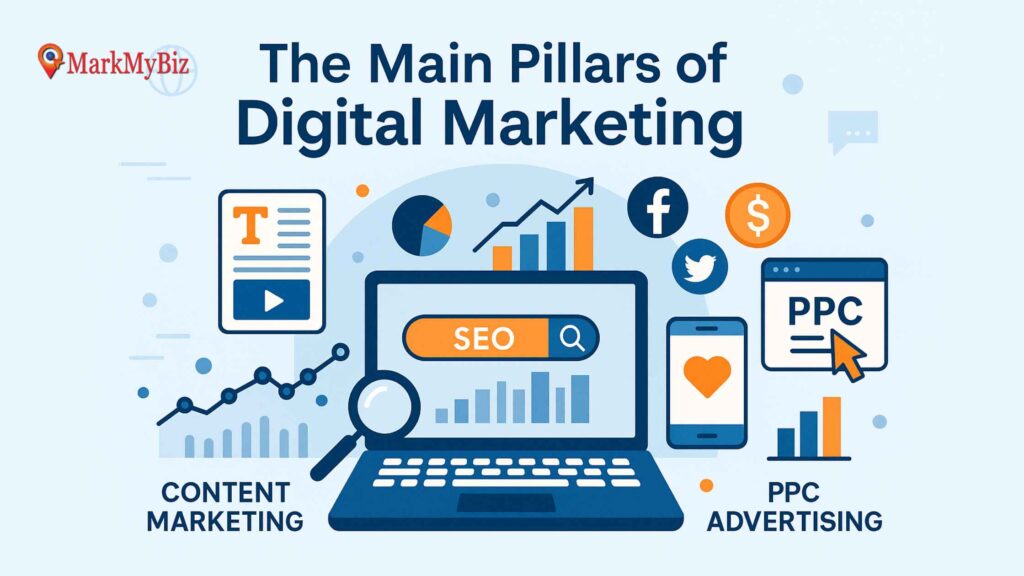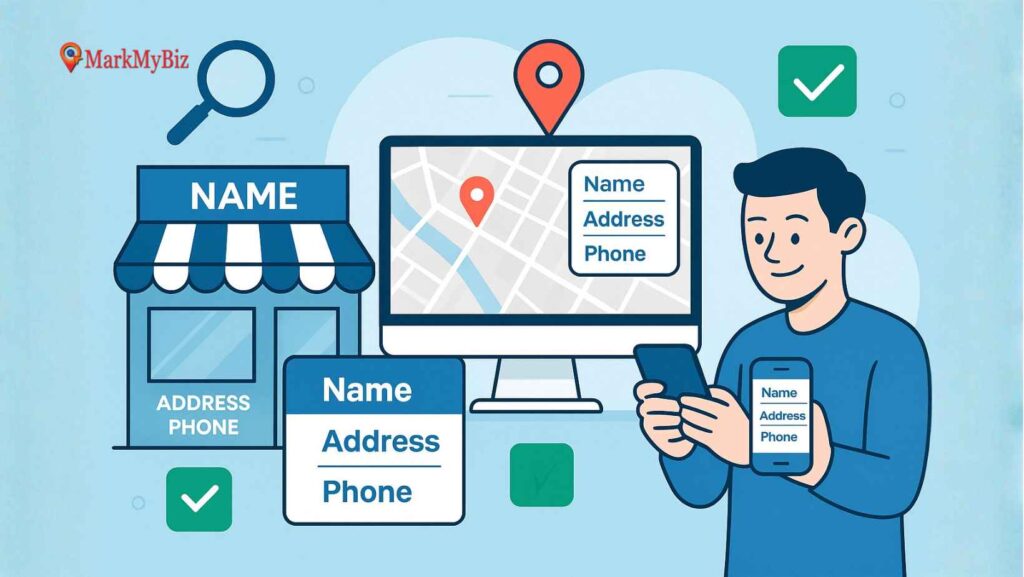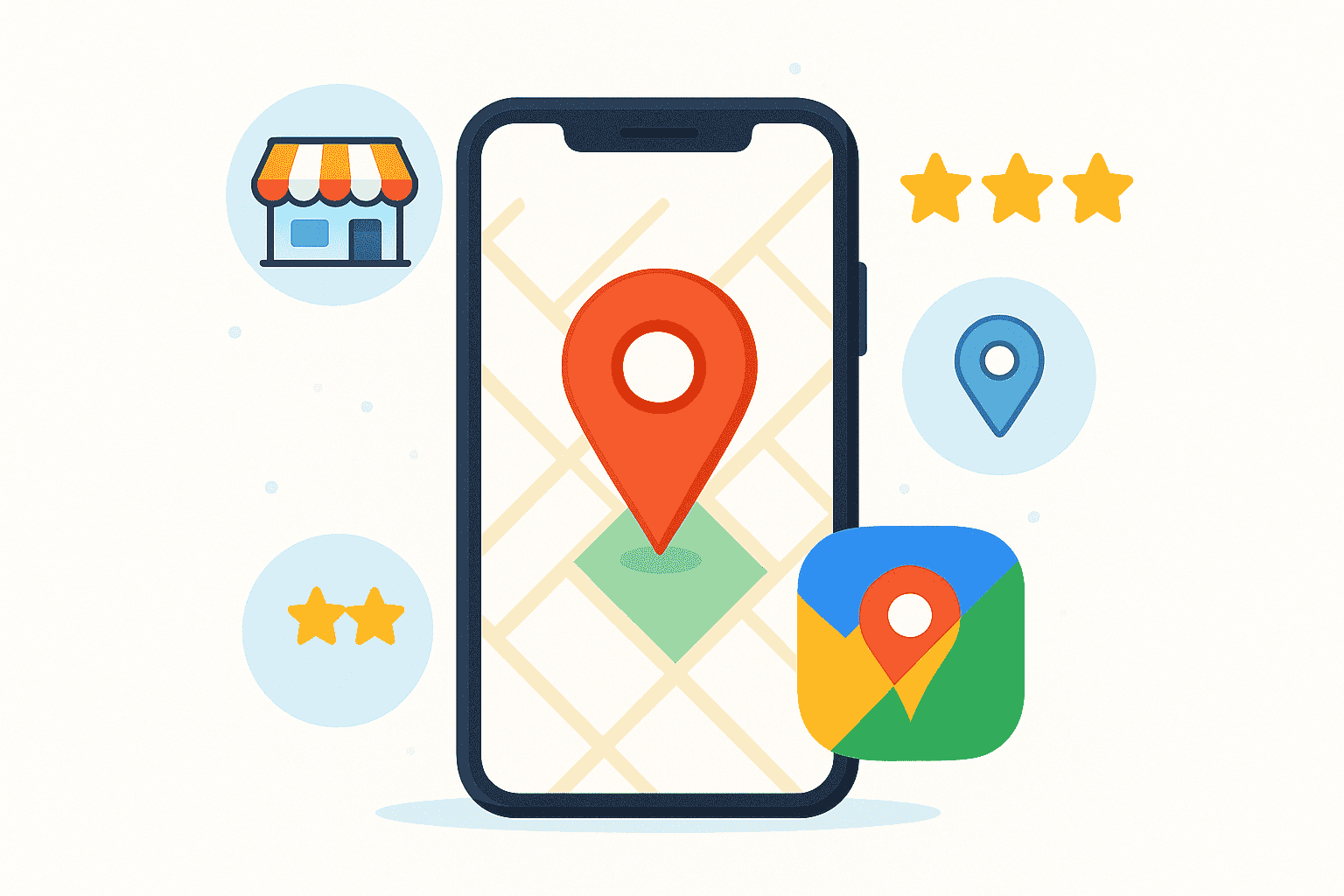In today’s digital era, businesses cannot rely solely on traditional marketing methods like print ads, billboards, or television commercials. The internet, along with evolving digital technologies, has transformed how brands reach and engage their target audience. This transformation is known as digital marketing, and its success relies heavily on four main pillars.
Understanding these pillars is crucial for any business aiming to enhance its online presence, attract potential customers, and drive measurable results. In this guide, we’ll explore the main pillars of digital marketing, their significance, and practical strategies for leveraging them effectively
1. Search Engine Optimization (SEO)
Search Engine Optimization (SEO) is the cornerstone of digital marketing. SEO involves optimizing your website and content so that it ranks higher on search engine results pages (SERPs) for relevant keywords. Higher rankings increase visibility, attract organic traffic, and improve the chances of converting visitors into customers.
Key SEO Strategies Include:
- Keyword Research: Identify the search terms your potential customers are using.
- On-Page SEO: Optimize website content, meta tags, headings, and internal links.
- Technical SEO: Ensure your website is fast, mobile-friendly, and easily navigable.
- Link Building: Acquire high-quality backlinks from authoritative websites.
Benefits of SEO:
- Improves organic visibility and website traffic
- Builds brand credibility and trust
- Generates long-term results with sustained optimization
2. Content Marketing
Content marketing focuses on creating and sharing valuable, informative, and engaging content that addresses the needs and interests of your target audience. Unlike traditional advertising, content marketing educates, informs, and builds relationships rather than directly selling products or services.
Popular Content Types Include:
- Blog posts and articles
- Ebooks and whitepapers
- Infographics and visual content
- Videos and webinars
- Podcasts and social media posts
Why Content Marketing Matters:
- Establishes your brand as an industry authority
- Builds trust and loyalty with your audience
- Supports other marketing efforts, including SEO and social media campaigns
3. Social Media Marketing
Social media platforms like Facebook, Instagram, LinkedIn, Twitter, and TikTok provide businesses with a direct way to interact with their audience. Social media marketing involves using these platforms to increase brand awareness, engage users, and drive conversions.
Effective Social Media Strategies Include:
- Creating engaging posts with images, videos, and stories
- Running targeted paid campaigns
- Collaborating with influencers or brand ambassadors
- Hosting contests, polls, and giveaways
- Responding to comments and messages to foster community
Benefits of Social Media Marketing:
- Enhances brand visibility and recall
- Provides direct communication with potential customers
- Leverages social proof and user-generated content
4. Pay-Per-Click (PPC) Advertising
Pay-Per-Click (PPC) advertising is a model where businesses pay a fee each time someone clicks on their ads. PPC campaigns can appear on search engines, social media platforms, and display networks, delivering fast and measurable results.
Key Advantages of PPC:
- Targeted Reach: Ads are shown to users actively searching for related products or services.
- Measurable Results: Platforms like Google Ads and Facebook Ads provide detailed analytics.
- Quick Traffic Generation: Drives instant traffic and leads, unlike organic methods.
Tips for Successful PPC Campaigns:
- Use relevant keywords and negative keywords to optimize targeting
- Test multiple ad creatives for better performance
- Monitor campaign performance regularly and adjust budgets accordingly
Why These Four Pillars Matter
The four pillars—SEO, Content Marketing, Social Media Marketing, and PPC Advertising—form the foundation of a robust digital marketing strategy. Here’s why they are essential:
- Increasing Online Competition: Proper use of these pillars helps your business stand out in crowded online spaces.
- Changing Consumer Behavior: With more users researching and purchasing online, digital marketing ensures you meet your audience where they are.
- Versatile Marketing Opportunities: From organic traffic to paid campaigns, these pillars provide multiple paths to reach potential customers.
Tips for Maximizing the Four Pillars
- Integrate Strategies: Don’t treat the pillars separately—use them together to create a cohesive marketing strategy.
- Understand Your Audience: Conduct research to know your audience’s preferences, behaviors, and pain points.
- Consistency is Key: Maintain a consistent brand voice, posting schedule, and messaging across all channels.
- Measure and Optimize: Use analytics to track performance and adjust strategies based on data-driven insights.
- Stay Updated: Digital marketing trends evolve rapidly; adapt to new tools, algorithms, and best practices.
Conclusion
The main pillars of digital marketing are essential for any business looking to succeed online. By effectively leveraging SEO, Content Marketing, Social Media Marketing, and PPC Advertising, businesses can increase visibility, engage audiences, and achieve measurable results.
Partnering with a trusted digital marketing agency can further enhance your efforts by providing expert guidance, tailored strategies, and comprehensive campaign management to help your business thrive in today’s competitive online environment.










